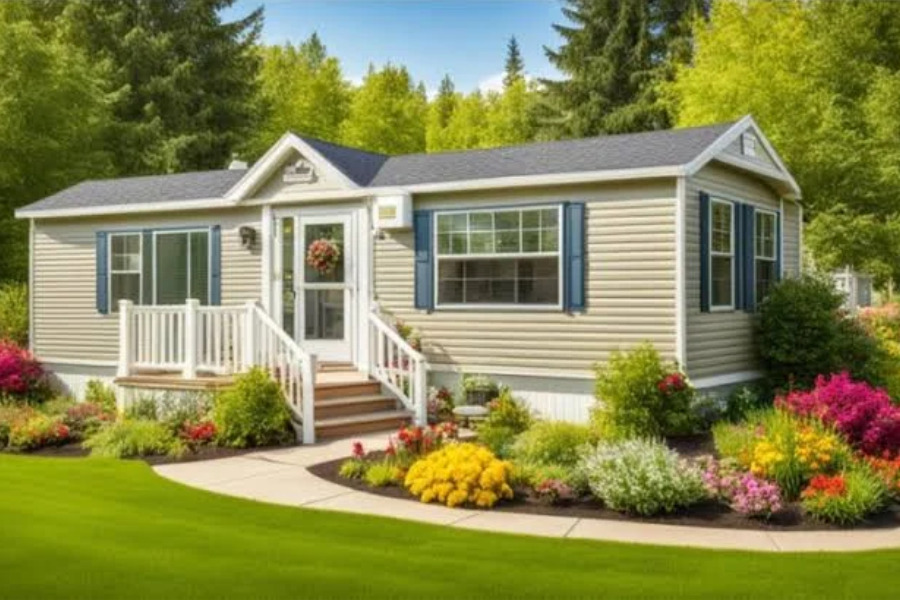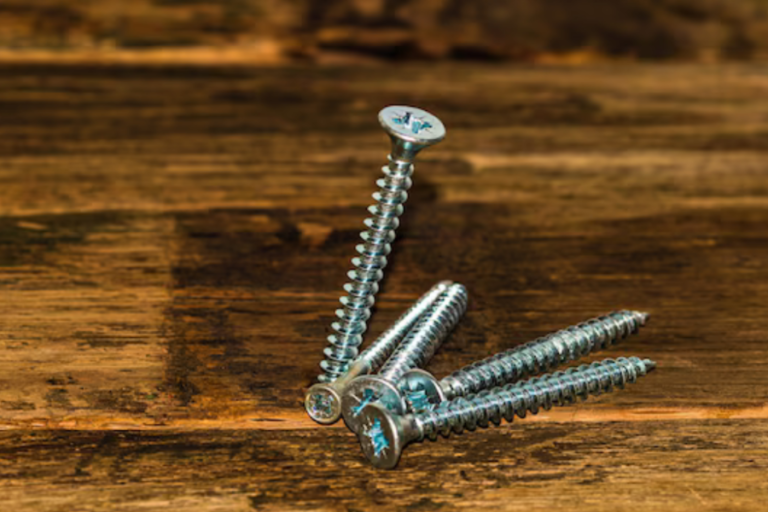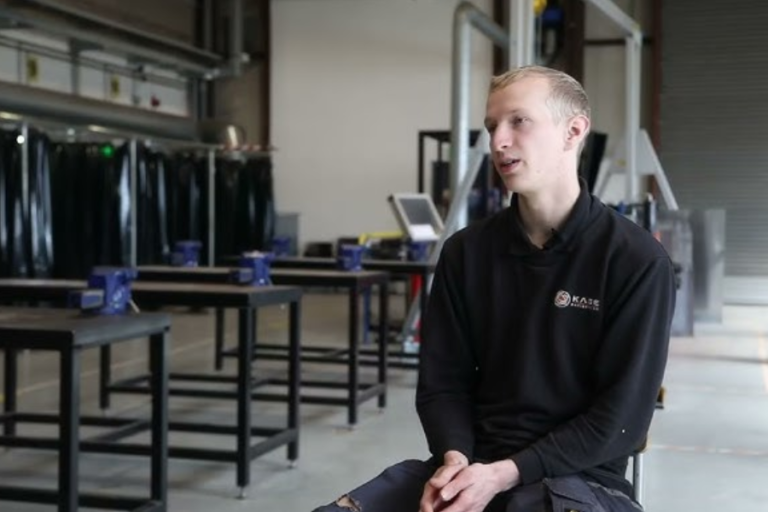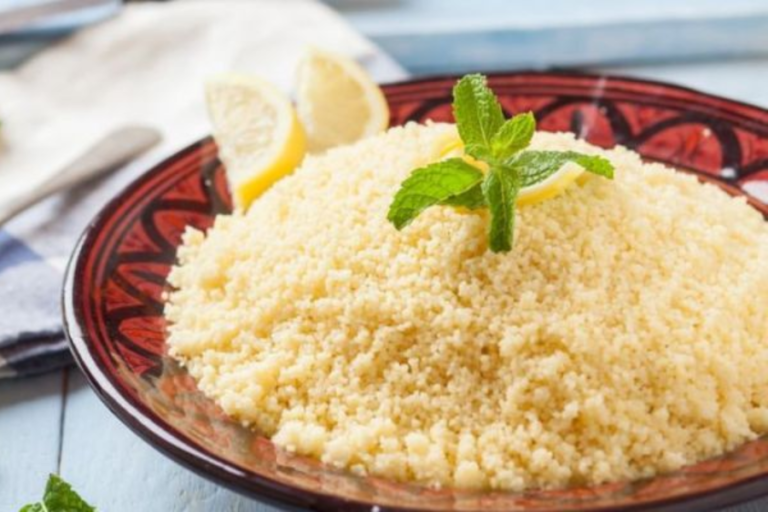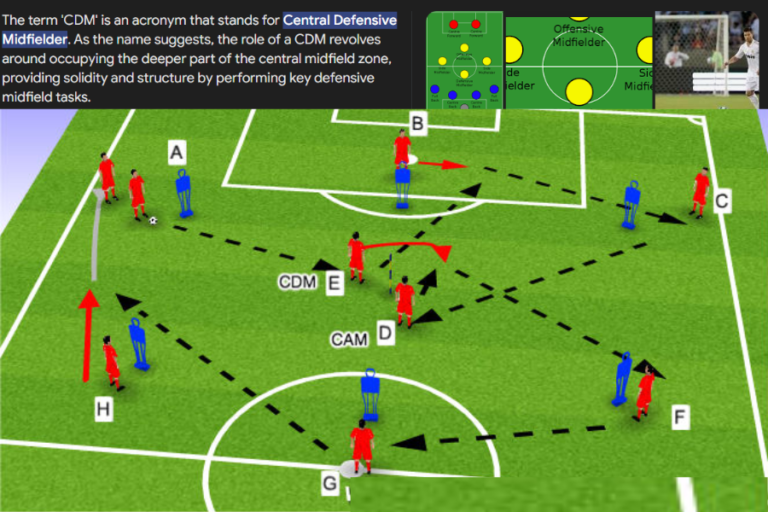Examining the Outside of Mobile Homes: An in-depth look https// mobilehomeexteriors.com
When it comes to mobile homes, the exterior is just as crucial as the interior. The right materials not only boost curb appeal but also provide protection from the elements. If you’re looking to update your mobile home’s appearance or simply want to explore your options, you’ve landed in the right spot. At mobilehomeexteriors.com, we delve into a variety of materials tailored to suit diverse needs and aesthetics. Whether you prefer a modern touch or a more classic vibe, understanding these choices can greatly enhance your home’s longevity and visual appeal. Let’s discover how you can refresh your space while maintaining both style and functionality!
Key Factors in Choosing Materials for Mobile Home Exteriors
Selecting the right materials for your mobile home’s exterior is vital. First and foremost, consider durability. You’ll want a material that can withstand varying weather conditions and resist wear over time.
Next, think about maintenance. Some materials demand more upkeep than others, influencing both costs and the effort required in the long run.
Energy efficiency is another important aspect. Insulated options can help reduce heating and cooling expenses, ensuring your home stays comfortable throughout the year.
Aesthetics should not be overlooked; your choice of material should reflect your personal style while enhancing the overall look of your home.
Finally, budget is a key consideration. Different materials come with varying price points, so it’s crucial to strike a balance between quality and affordability that aligns with your financial situation.
Top Materials for Mobile Home Exteriors
When selecting materials for your mobile home, several stand out for their unique advantages and challenges, catering to different needs.
1. Vinyl
Vinyl siding is a top choice among mobile homeowners, known for its affordability and low maintenance. This versatile option comes in a wide range of colors and styles, making it easy to find something that fits your personal aesthetic.
A major benefit of vinyl is its moisture resistance, which protects against rot and decay—especially useful in humid climates. Maintenance is a breeze; a simple wash with soap and water is usually enough to keep it looking fresh. However, while vinyl is generally resistant to fading, extreme weather may affect its appearance over time, so it’s worth considering these factors when making your choice.
2. Wood
Wood offers a classic, inviting look that adds warmth and character to any mobile home. With various types available—from the rustic charm of cedar to the smooth finish of pine—wood provides a natural beauty that many homeowners cherish.
One of the main benefits of wood is its versatility; it can be painted or stained in numerous colors, allowing for easy customization. However, this aesthetic flexibility comes with maintenance demands. Regular sealing or painting is necessary to guard against moisture and pests. The durability of wood varies based on the species and local climate, so it’s crucial to make informed choices.
While wood requires more upkeep than other materials, its timeless appeal can significantly enhance your home’s curb appeal over time if properly maintained.
3. Aluminum
Aluminum is another popular option for mobile home exteriors. Its lightweight nature simplifies installation, which can save both time and labor costs.
A standout feature of aluminum is its resistance to rust and corrosion, ensuring your home’s exterior remains intact even in severe weather. Minimal maintenance is required—just a quick wash with soap and water to keep it looking good.
Aluminum is also available in a variety of colors and finishes, allowing for easy personalization. However, it’s important to note that aluminum may not insulate as effectively as other materials, which could affect your home’s energy efficiency.
4. Fiberglass
Fiberglass is gaining traction as a material for mobile home exteriors. Its lightweight design makes it easy to install, which is a significant plus for DIY enthusiasts.
This material offers excellent insulation properties, helping to maintain comfortable indoor temperatures and potentially lowering energy costs. Fiberglass is also moisture-resistant, so it won’t warp or rot like wood under certain conditions, making it a durable long-term solution.
Aesthetically, fiberglass is available in various colors and finishes, allowing homeowners to customize their mobile homes without sacrificing quality. However, be aware that installation costs may vary based on design complexity.
5. Brick
Brick is a timeless choice that adds a touch of elegance and durability to mobile home exteriors. Its classic charm is appealing to many homeowners.
Notable for its strength, brick stands up well against the elements, making it suitable for a range of climates. One of the appealing aspects of brick is its design versatility; it can be left in its natural state or painted to match your personal style.
However, installation can be labor-intensive and may require professional assistance, which is an important consideration if you’re on a tight budget or timeline. While maintenance needs are minimal—typically just occasional cleaning—the initial investment can be higher compared to materials like vinyl or wood. Nevertheless, many view brick as a worthwhile investment due to its longevity and aesthetic value.
Weighing the Pros and Cons of Each Material
Vinyl is favored for its affordability and low maintenance. It resists moisture and doesn’t need painting, although it can fade and may not hold up against extreme weather.
Wood offers a classic look that appeals to many, but it requires regular upkeep to prevent decay and pest damage.
Aluminum is durable and rust-resistant, and its lightweight nature makes installation easy. However, it can be prone to dents and might lack insulation compared to other materials.
Fiberglass boasts excellent energy efficiency and strength but typically comes with a higher initial cost.
Brick enhances curb appeal with its timeless elegance but requires a significant initial investment and professional installation.
Maintenance and Lifespan of Materials
The longevity and maintenance requirements of materials used in mobile home exteriors can greatly affect your investment. Each material has its unique care needs and lifespan.
Vinyl siding is favored for its low maintenance, usually needing only occasional washing with soap and water. It often lasts over 20 years.
Wood demands more attention, requiring regular painting or sealing to protect against the elements, which may involve annual upkeep.
Aluminum is durable but can dent easily, and a simple yearly wash keeps it looking its best.
Fiberglass is resistant to many common issues faced by wood or metal materials and has a long lifespan if well maintained.
Brick is one of the most durable options available, requiring minimal maintenance while providing excellent insulation properties.
Cost Comparison of Materials
Cost is a critical factor when selecting materials for your mobile home’s exterior, as each option comes with its own price tag that can significantly impact your budget.
Vinyl siding is often the most budget-friendly choice, with low installation and maintenance costs appealing to many homeowners.
Wood offers a classic appearance but generally involves a higher initial investment and ongoing maintenance expenses, which can accumulate over time.
Aluminum is also an economical option, particularly because of its lightweight nature and ease of installation, though prices can fluctuate based on market conditions.
Fiberglass typically represents a premium choice, with higher initial costs, but it offers durability and energy efficiency benefits that may lead to long-term savings.
Brick usually has the highest upfront cost, but its durability makes it a worthwhile consideration for those seeking lasting value.
Personal Style and Aesthetic Choices with Different Materials
The material you choose for your mobile home exterior can greatly influence its overall style. Different options offer distinct looks to cater to various preferences.
Vinyl is celebrated for its sleek and modern appearance, available in numerous colors and textures. Homeowners appreciate it for its low maintenance requirements.
Wood brings classic warmth and character, showcasing natural grains that create a rustic charm, though it requires more upkeep.
Aluminum provides a contemporary feel, ideal for those who prefer an industrial aesthetic. It’s both durable and lightweight, making it suitable for unique designs.
Fiberglass allows for design flexibility and comes in a variety of colors and finishes while mimicking materials like wood or stone effectively.
Finally, brick embodies strength and tradition, adding a timeless elegance to any mobile home exterior. Each material opens up endless creative possibilities tailored to your individual taste.
Summary:
This article dives into various materials available for mobile home exteriors, emphasizing how the right choice can enhance both the curb appeal and durability of the home. It outlines the importance of durability, maintenance, energy efficiency, aesthetics, and budget when selecting exterior materials.
Key materials explored include:
- Vinyl – Popular for affordability and low maintenance, offering moisture resistance and a wide range of styles, but can fade over time.
- Wood – Provides a classic look with customization options but requires frequent upkeep to prevent moisture and pest damage.
- Aluminum – Lightweight, rust-resistant, and easy to install, but can dent easily and has lower insulation properties.
- Fiberglass – Offers good insulation and moisture resistance with a durable finish, though it can be more expensive.
- Brick – Classic and highly durable, providing excellent weather resistance and a timeless look, but it comes with a high initial cost and labor-intensive installation.
Key Factors for Choosing Materials:
- Durability: Choose a material that withstands various weather conditions.
- Maintenance: Factor in the level of upkeep required.
- Energy Efficiency: Insulated materials can help with heating and cooling costs.
- Aesthetics: Consider personal style preferences to match the home’s overall look.
- Budget: Balance between cost and quality to meet financial goals.
Pros and Cons of Popular Materials:
- Vinyl: Affordable, low maintenance, but may fade over time.
- Wood: Aesthetically pleasing, but high maintenance.
- Aluminum: Rust-resistant, but prone to dents and less insulating.
- Fiberglass: Highly durable and energy-efficient but costly.
- Brick: Strong and classic, but high initial cost and installation demands.
Cost and Maintenance:
- Vinyl: Lasts over 20 years, minimal upkeep.
- Wood: Regular painting or sealing required, more upkeep.
- Aluminum: Durable with minimal maintenance but susceptible to dents.
- Fiberglass: Long-lasting with minimal issues.
- Brick: Low maintenance, highly durable but requires professional installation.
FAQ Section
1. Why is vinyl a popular choice for mobile home exteriors?
Vinyl is widely used because it’s affordable, requires minimal maintenance, and offers a variety of colors and styles. Additionally, it’s moisture-resistant, which makes it suitable for humid climates.
2. What are the maintenance needs for wood exteriors?
Wood requires regular sealing or painting to protect against moisture and pests. This may involve yearly upkeep, especially in harsher climates.
3. Is aluminum a good option for energy efficiency?
Aluminum has low insulation properties, so while it’s durable and rust-resistant, it may not be as energy-efficient as other materials like fiberglass.
4. How does fiberglass compare to other materials in terms of durability?
Fiberglass is highly durable, resistant to moisture, and offers excellent insulation, making it a long-term solution for mobile home exteriors, though it comes with a higher upfront cost.
5. Is brick a good investment for mobile home exteriors?
Brick is durable and provides excellent protection against weather, though the initial installation is costly. It requires minimal maintenance over time, making it a good long-term investment for homeowners looking for lasting value.
6. How do I balance aesthetics with durability when choosing an exterior material?
Consider your personal style preferences alongside the material’s durability and maintenance needs. For example, wood offers a classic aesthetic but requires more upkeep, while vinyl is versatile and low-maintenance but may not have the same timeless appeal.
Dive deep into exclusive content and analyses at ObjectiveRelease.com.
